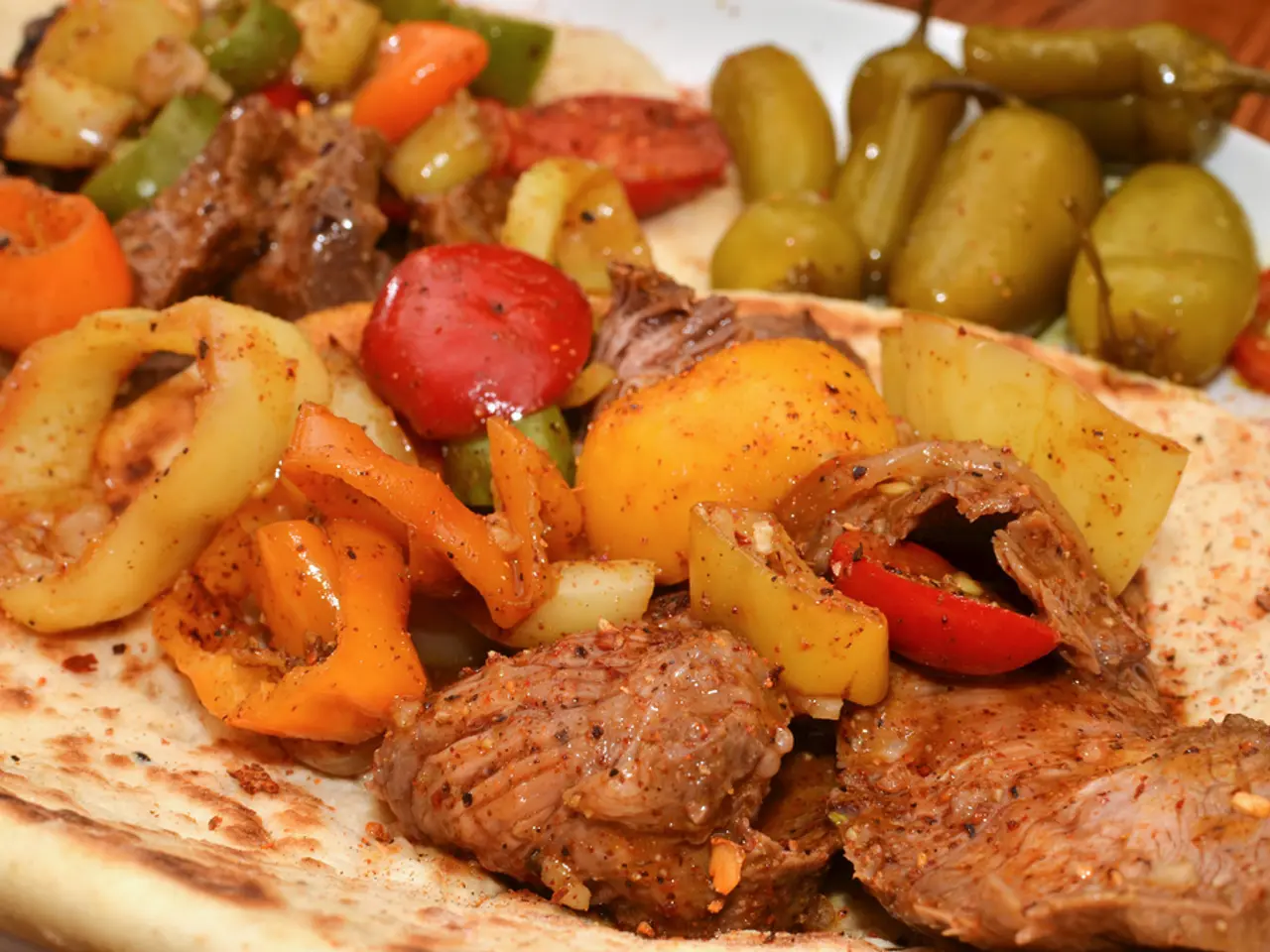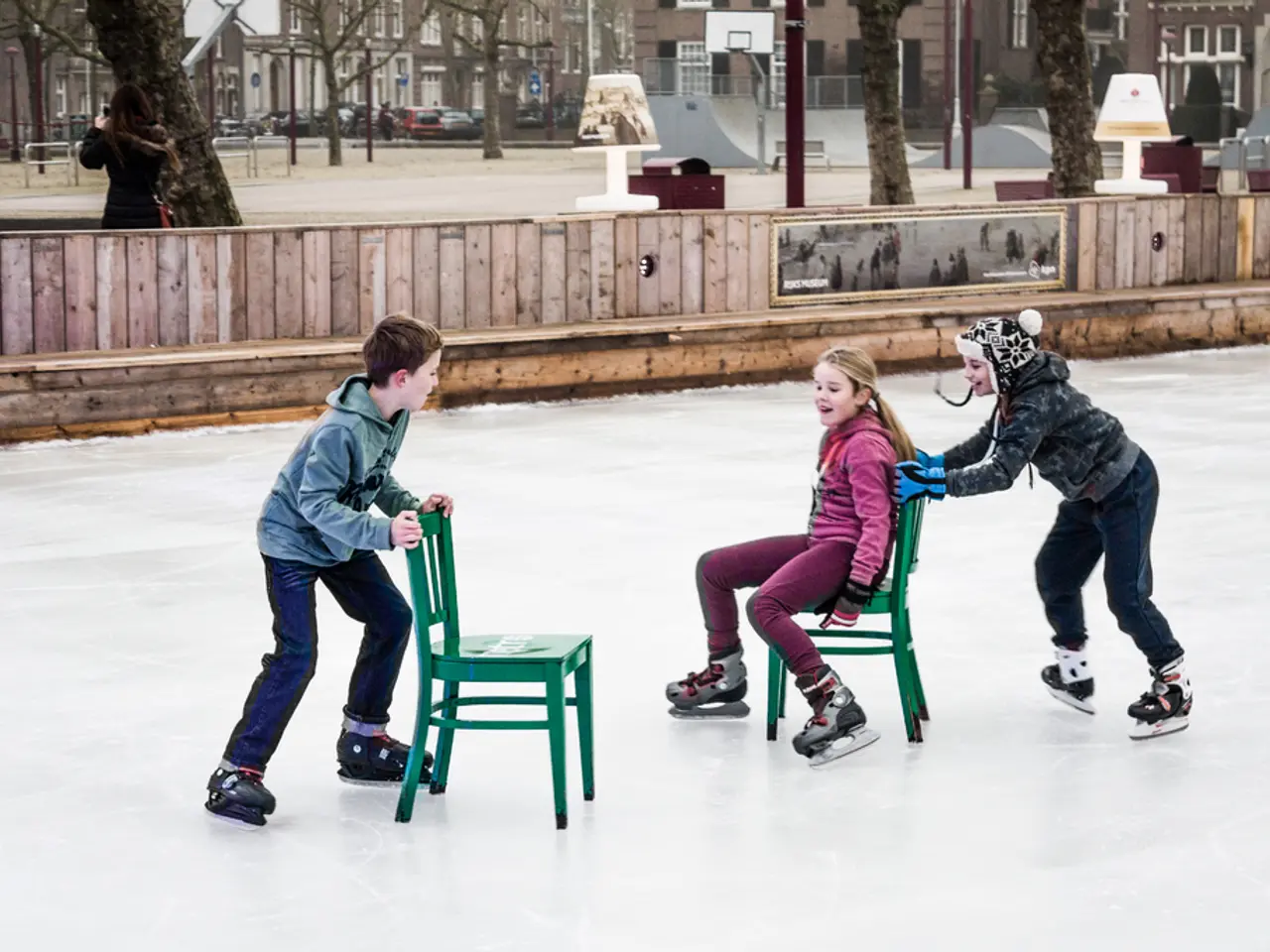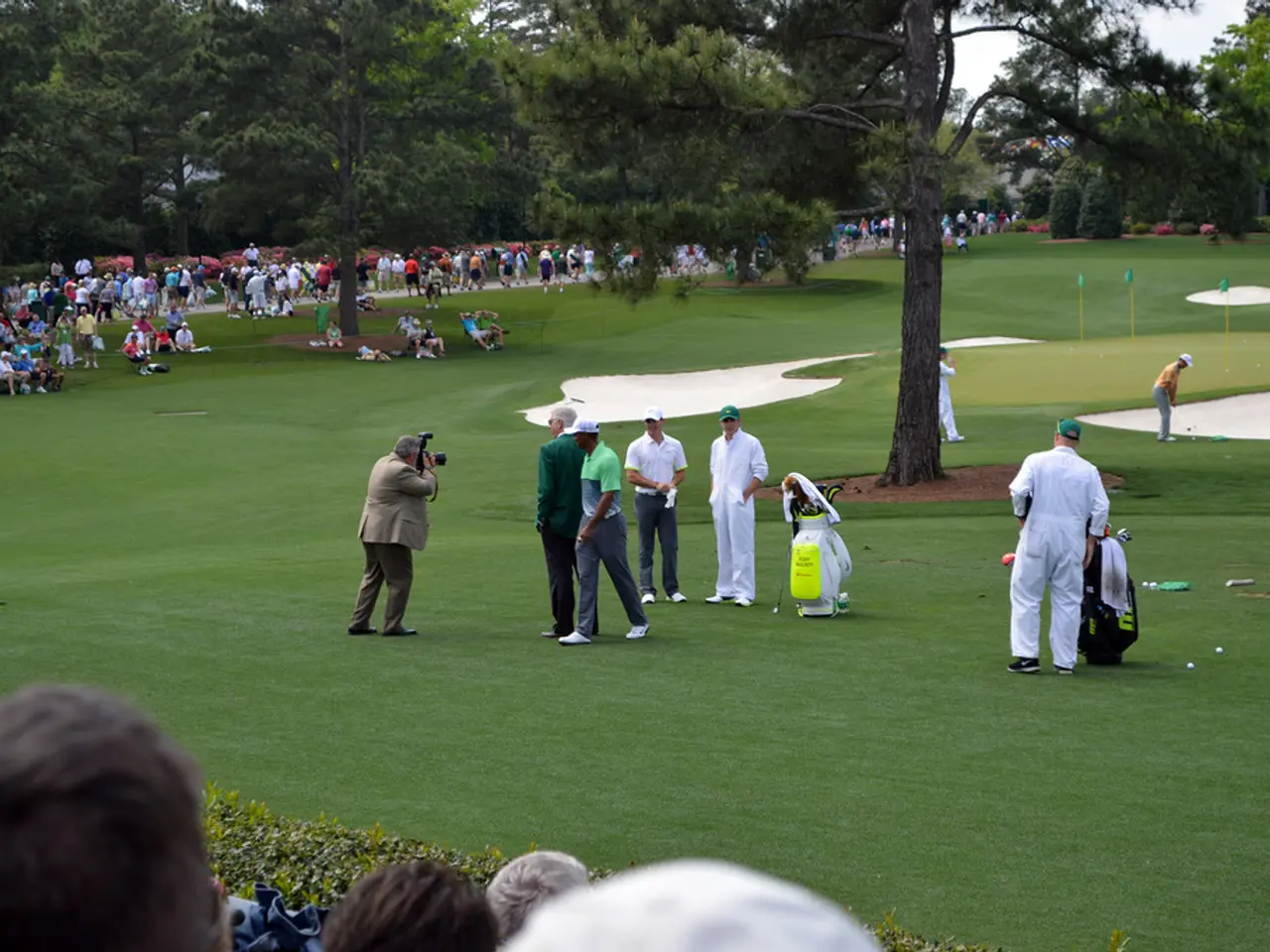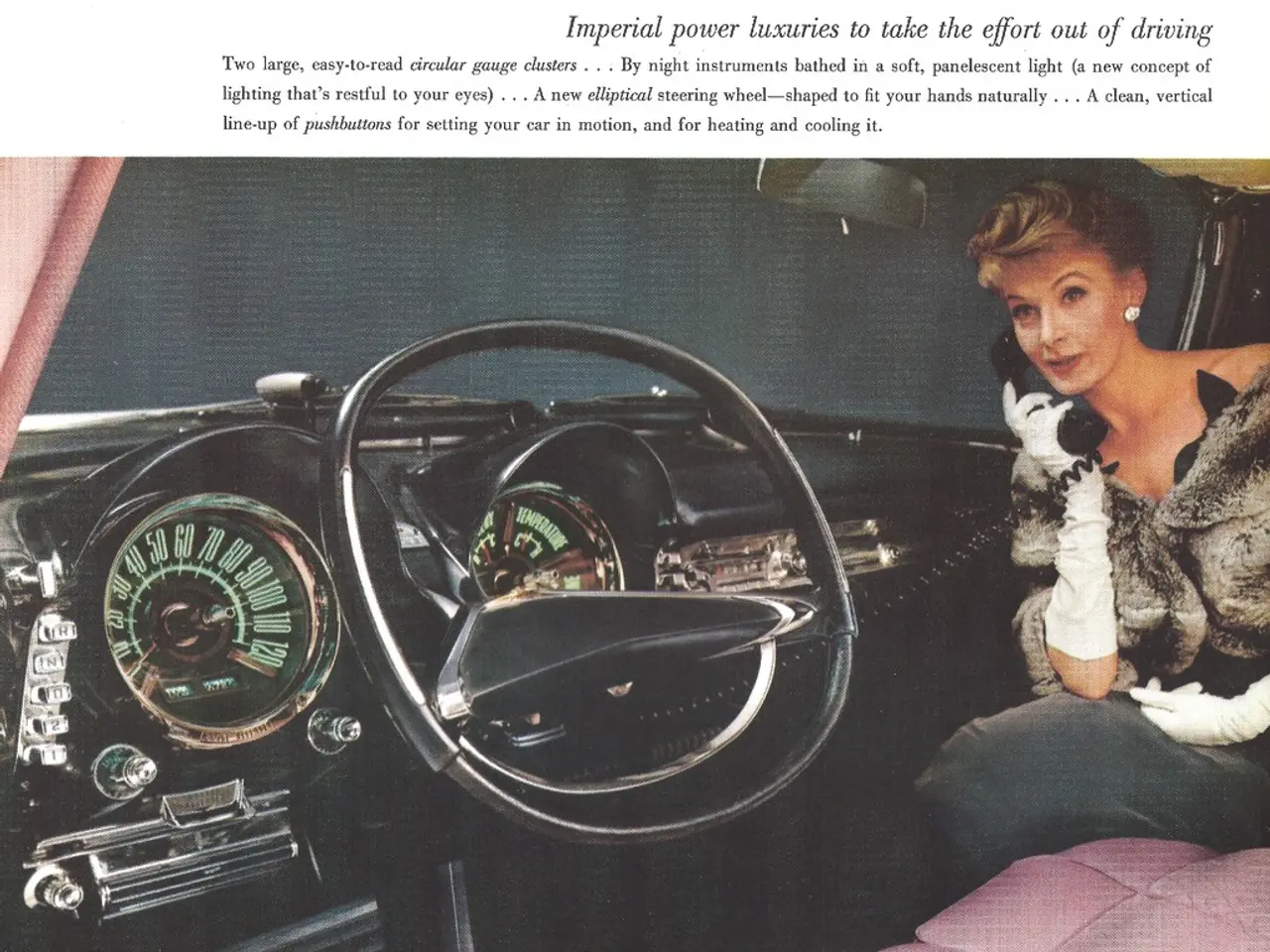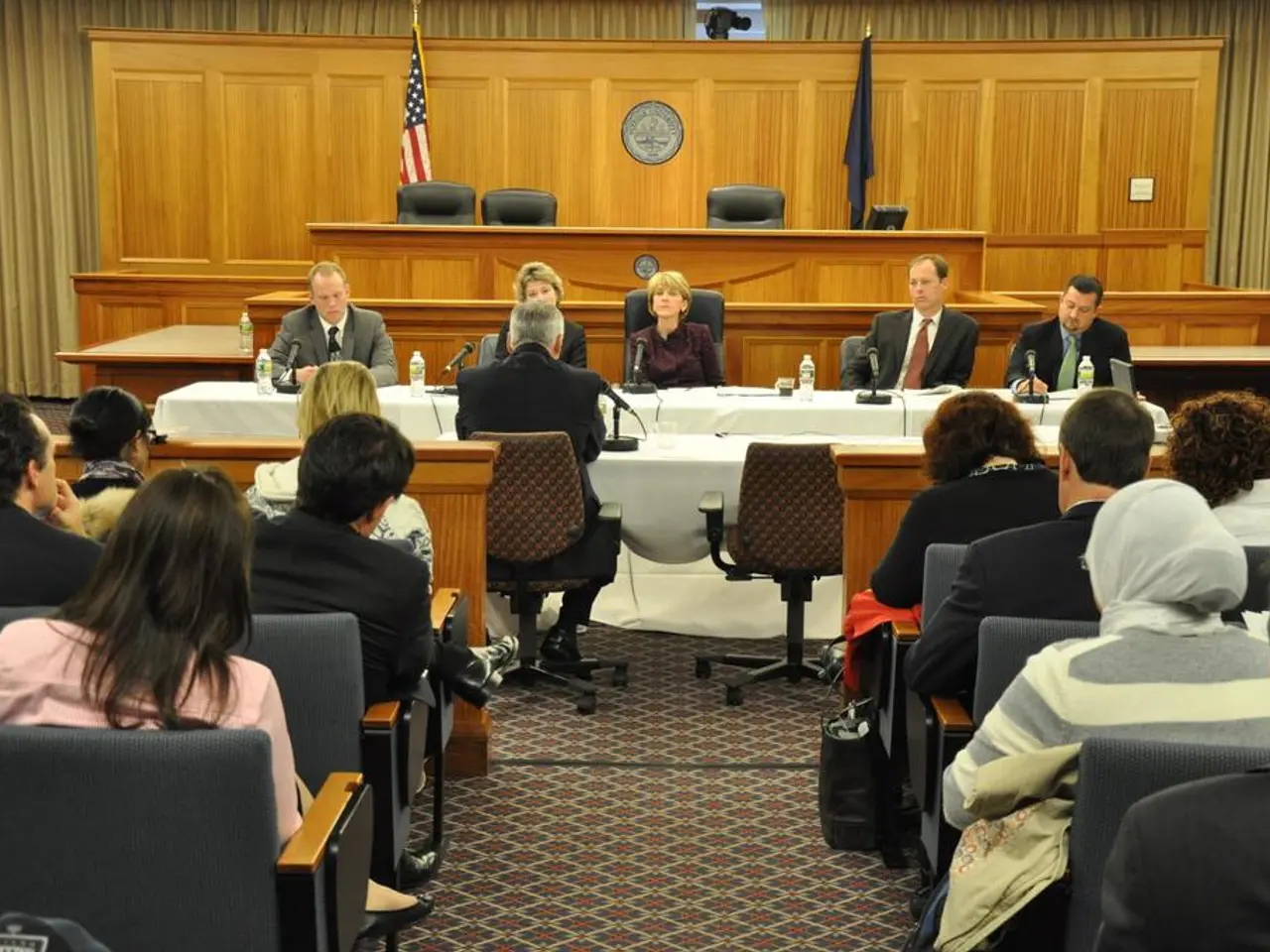Common Mexican Practices Unknowingly Embraced in Mexico City Residency
=============================================================================
In the bustling heart of Mexico City, the spirit of the ancient Aztecs continues to thrive, intertwined with the vibrant modern life of the capital. From the lively markets to the well-preserved archaeological sites, the city showcases a rich tapestry of Mexica traditions that have persisted for centuries.
One such tradition can be found in the kitchens of modern Mexican households. The molcajete, a volcanic rock bowl traditionally adorned with the face of an animal, remains an absolute kitchen must for those who love to cook and make their own spicy salsas. The term molcajete originates from the Nahuatl words "molli," meaning sauce, and "caxtli," or bowl. This versatile tool is used to pound grains, spices, and vegetables, a Mexica tradition that continues to be cherished in contemporary Mexican cooking.
Grocery shopping at traditional Mexican markets is another living, centuries-old Mesoamerican tradition that continues to be a form of social cohesion. These markets, known as tianguis, reflect the longstanding cultural practice as vibrant social and commercial hubs. The ancient Tlatelolco market, built around 1337, supplied the population of Tenochtitlan with various products, and modern markets continue this tradition, offering a wide array of goods from fresh produce to traditional handicrafts.
The Templo Mayor, located in the city centre, is a significant archaeological site that was the most important religious and political centre of the ancient Mexica city of Tenochtitlan. The Pino Suárez station is famous for the Pyramid of Ehecatl, a Mexica structure built in honour of the god of the winds. These pre-Hispanic ruins serve as a stark reminder of the city's ancient heritage, connecting modern life with this rich past.
Tortillas, known as "tlaxcalli" in Nahuatl, have been a staple food for over 10,000 years. Made from native corn, they serve as both sustenance and cutlery at Mexican tables, with per capita consumption recorded at around 331 kilograms per year. In Mexican fondas serving comida corrida, the cook often makes their own salsa in a molcajete, adding a spicy touch to meals that is a Mexica heritage kept alive in modern eating habits.
Cultural celebrations, though often syncretized with Catholic customs, show roots in indigenous tradition. For example, the Day of the Dead altars venerating ancestors – a practice reflective of pre-Hispanic spiritual views of death and remembrance – are a testament to the enduring influence of indigenous beliefs.
In sum, Mexico City exhibits a continuous legacy of Mexica traditions through its markets, culinary staples, archaeological preservation, and cultural celebrations, all layered into the vibrant life of the modern capital. The city's rich history and cultural heritage are not just relics of the past, but living, breathing elements that continue to shape the city's identity today.
References:
[1] Andrea Fischer, "Mexico City's Living Aztec Heritage," Mexico News Daily, 15th October 2020, https://mexiconewsdaily.com/news/mexico-citys-living-aztec-heritage/
[2] "Mexico City's Aztec Past: A Living Legacy," National Geographic, 12th November 2019, https://www.nationalgeographic.com/travel/destinations/mexico/mexico-city-aztec-past-living-legacy/
- The rich history of the molcajete, a volcanic rock bowl used in modern Mexican kitchens, is rooted in the Nahuatl words "molli" and "caxtli," demonstrating the continuation of ancient Mexica food-and-drink traditions in contemporary life.
- Homes adorned with traditional handicrafts, vibrant social hubs like the tianguis, and the preparation of spicy salsas in molcajetes—these lifestyle practices reflect centuries-old Mesoamerican traditions in Mexico City, both in the past and the present.
- The blending of indigenous culture and Catholic practices is evident in the celebration of the Day of the Dead, an ancient tradition that has syncretized to become a significant aspect of Mexico City's lifestyle and home-and-garden decoration.
